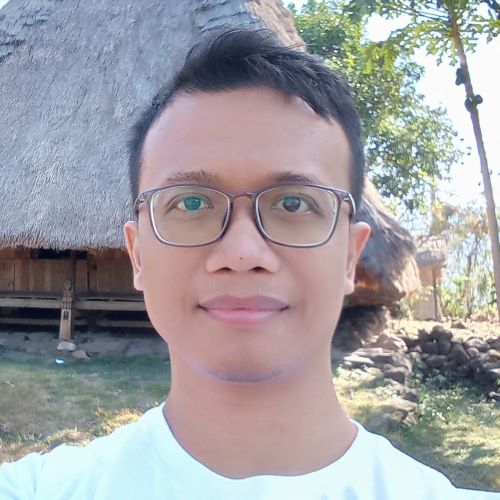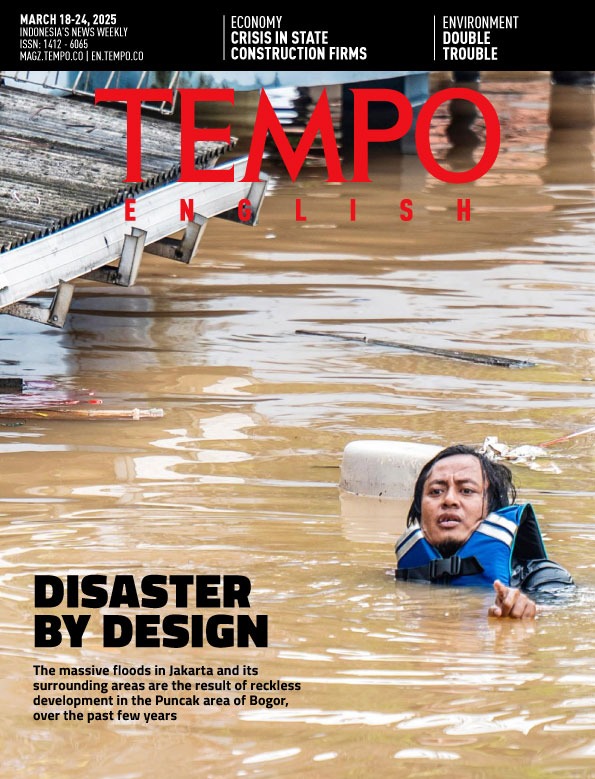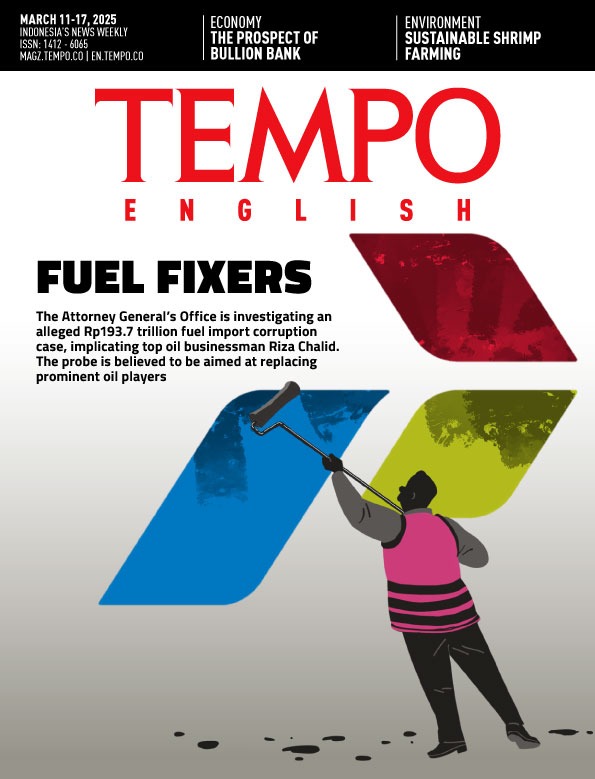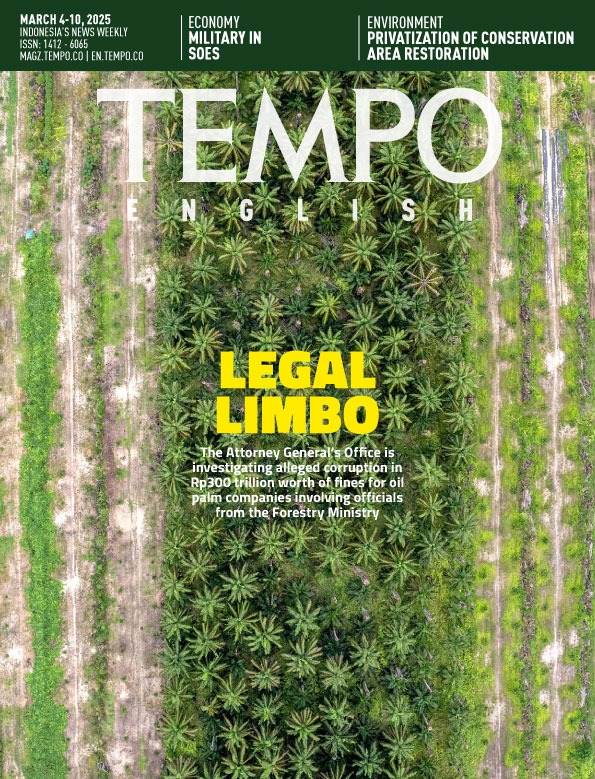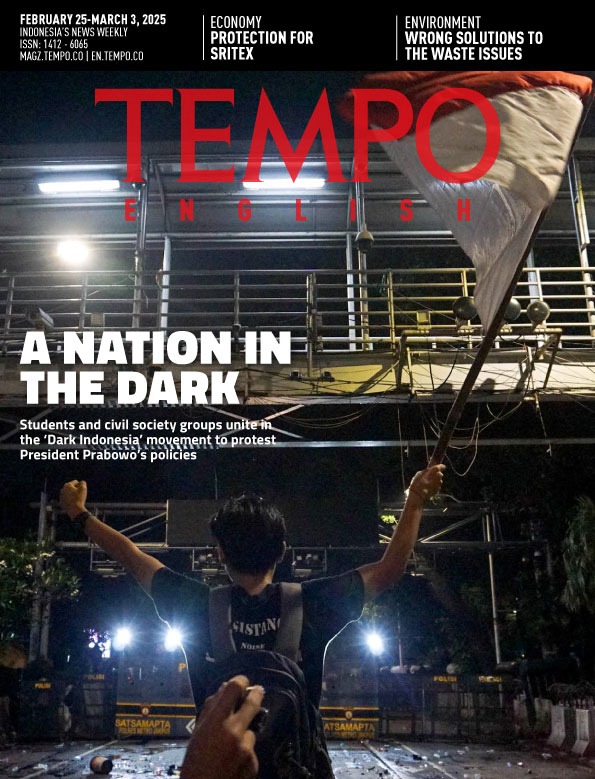When Fish Disappear from Youtefa Bay
Monday, October 5, 2020
arsip tempo : 174219456067.
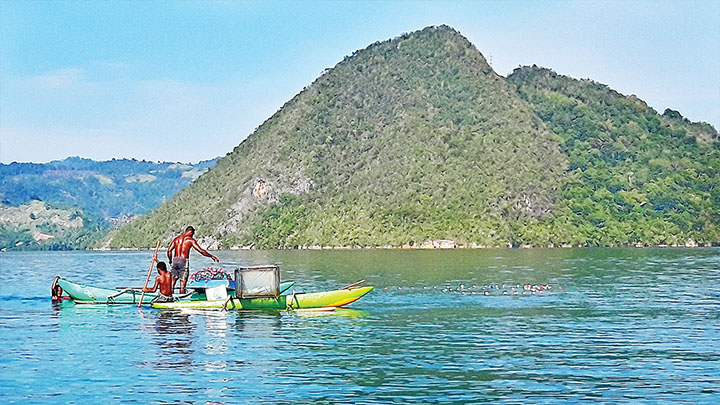
FRANSINA Hanasbey has already sat for two hours on the bridge in Enggros village, Abepura District, Papua, on Friday afternoon, July 24. A basin next to her only had a small fish in it: her only catch of the day so far. She patiently continued to wait for more fish. “It has become increasingly difficult to catch fish and other animals,” she said.
The same goes for Laban Hamadi, a fisherman from neighboring Tobati village. Tobati and
...
Subscribe to continue reading.
We craft news with stories.
 For the benefits of subscribing to Digital Tempo, See More
For the benefits of subscribing to Digital Tempo, See More



